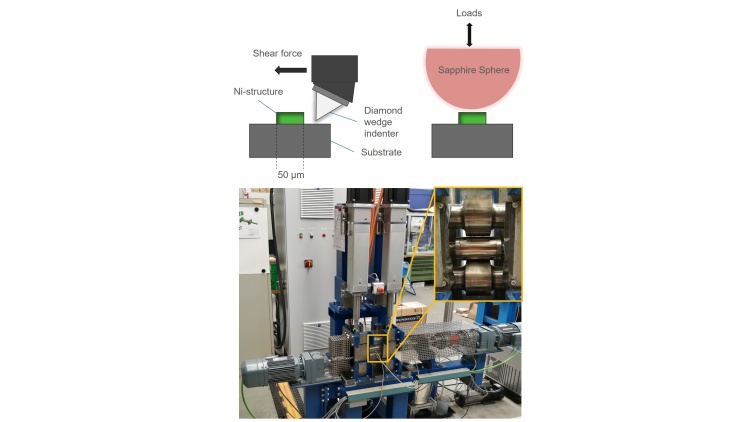CO2 reduction and energy efficiency
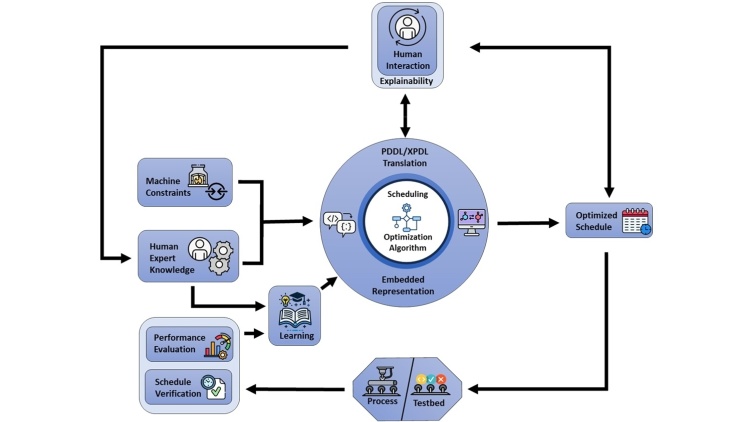
DeepScheduling - Explainable AI and Human-Centric Learning Solution Framework for Industrial Scheduling Optimization
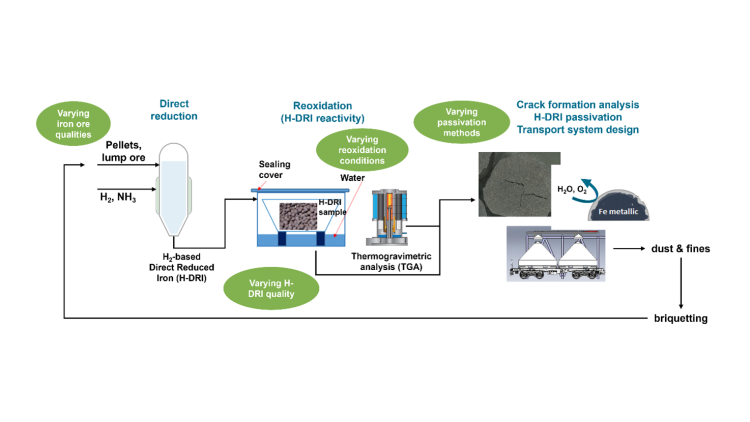
Safe H-DRI - Safe transport of DRI from H2-based direct reduction considering quality-related H-DRI reactivity, stability, the efficiency of passivation methods and health and recycling aspects
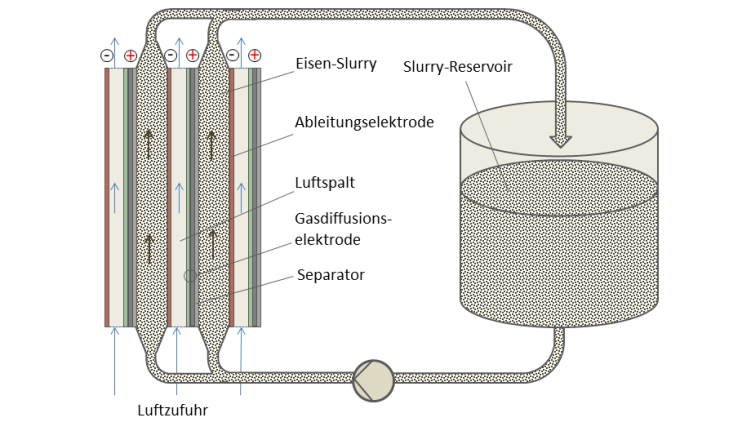
FeEnCap - Encapsulated iron materials for new type of iron slurry/air batteries
Digitisation and process measurement technology
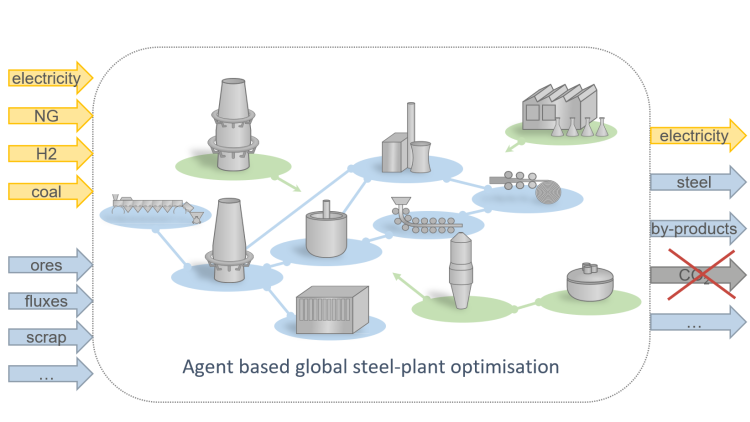
AgiFlex - Agent-based models minimizing carbon usage in flexible and efficient future integrated steelworks
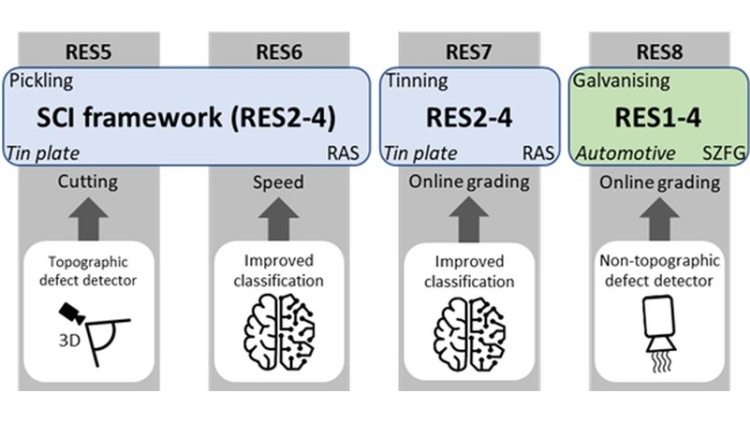
SufConInspect - Enabling zero-defect manufacturing for flat steel production by means of optimized inspection results and a new level of online surface quality control
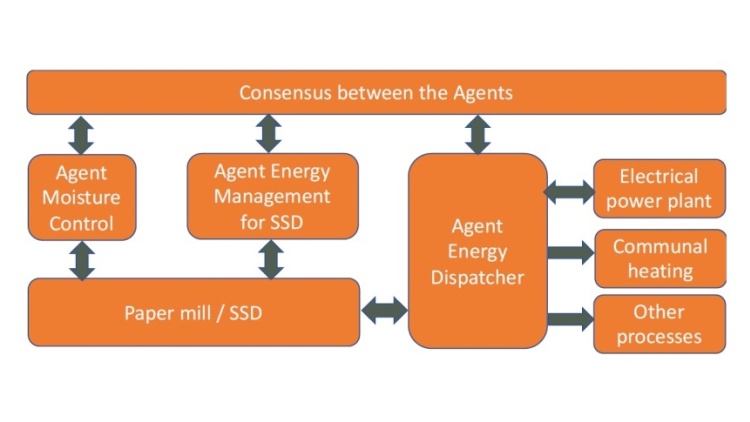
SteamDry - Superheated steam drying for sustainable and recyclable web-like materials
Circular economy
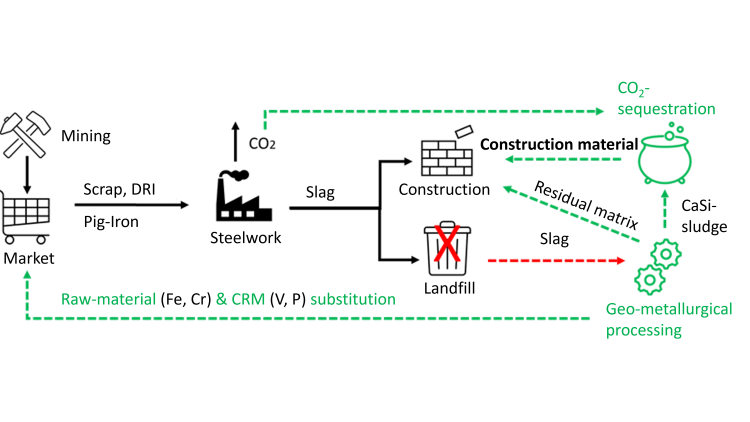
GeoCRM - Geometallurgical processing of steelmaking slag for recycling critical raw materials and CO2 binding
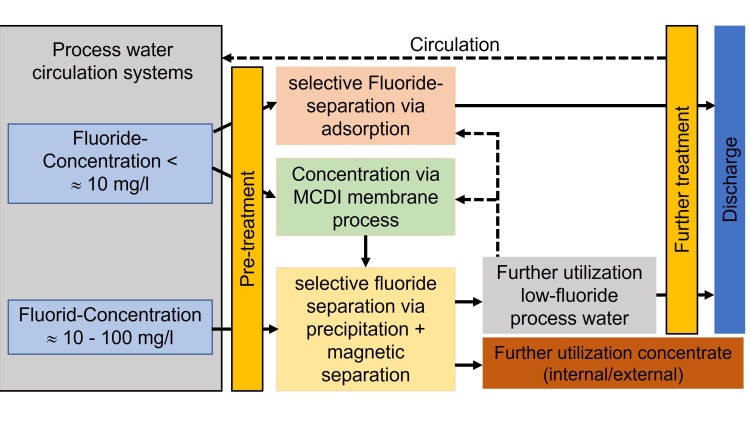
FluoridSelektiv - Process development for selective fluoride separation from industrial process water
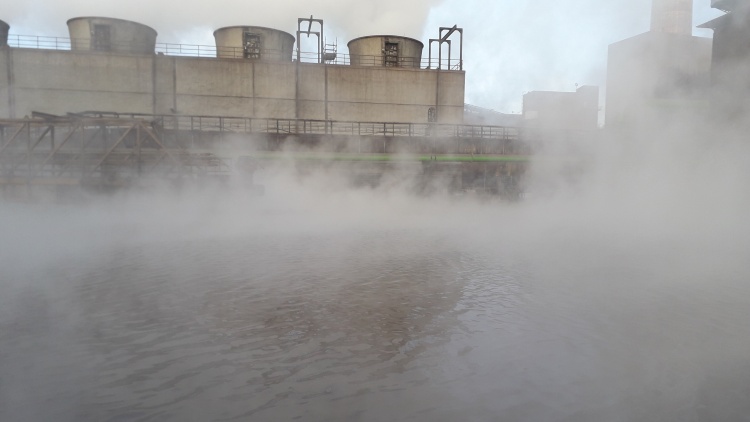
ZinkAtline - Development of an atline measuring method for rapid analysis of the total zinc content in process water
Process optimisation
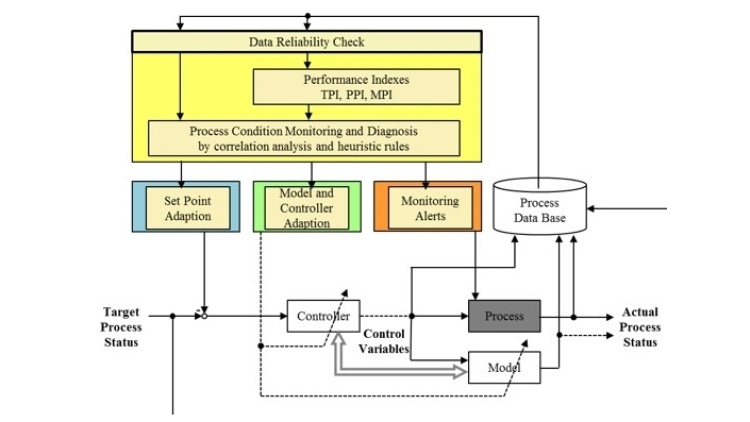
PerMonLiSt - Continuous performance monitoring and calibration of model and control functions for liquid steelmaking processes
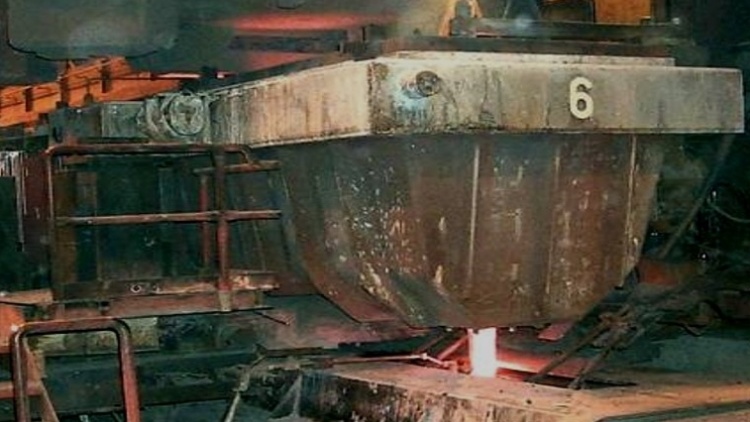
HydroPic - Analysis and control of hydrogen content during steelmaking
